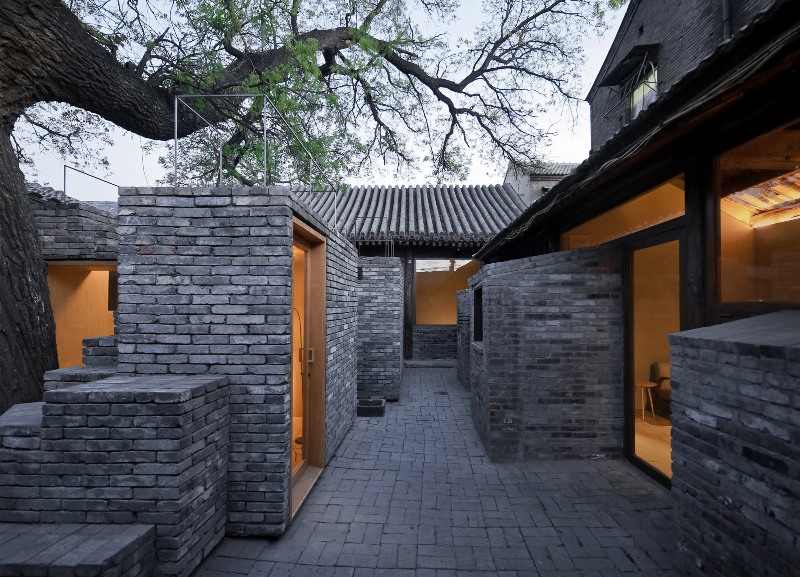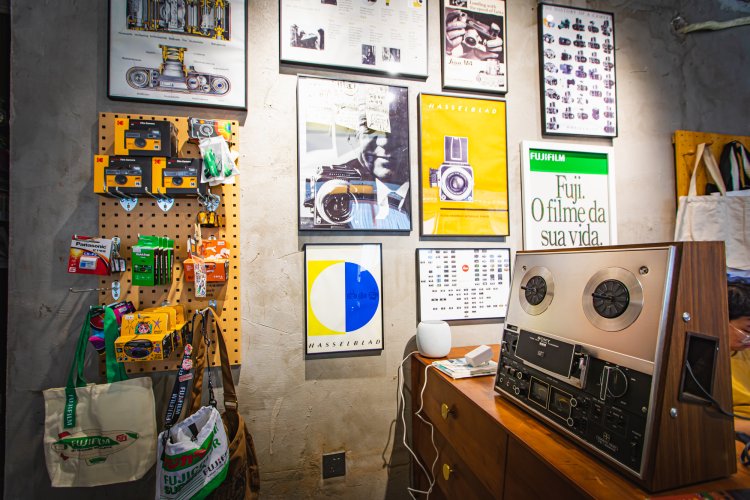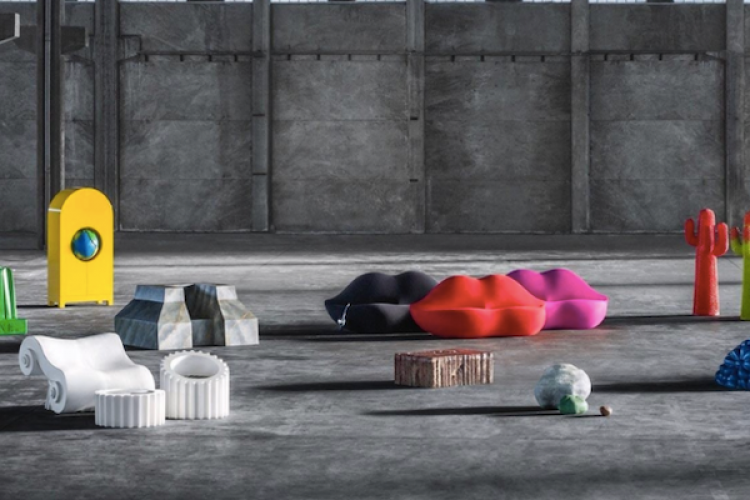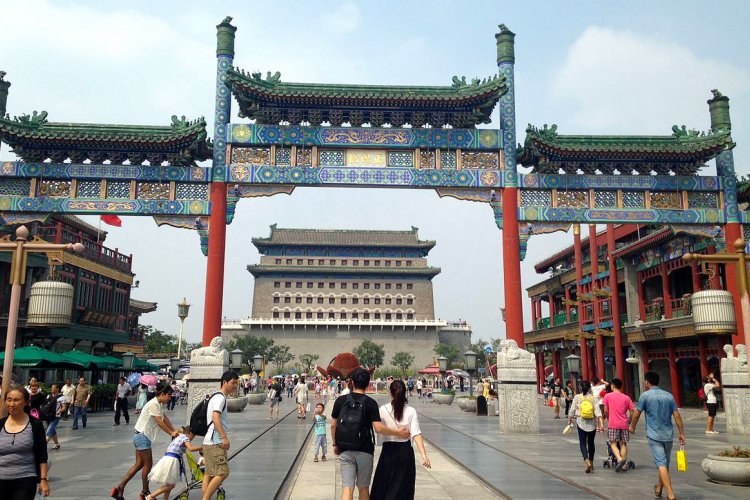Innovation in the Hutongs: CNN Calls Beijing Architect a "Game Changer" for His Courtyard Designs
Beijing's winding hutong alleyways are proving to be intersections between ancient history and trendy design. At least that's the conclusion reached by arbiters of the Aga Khan Awards for Architecture, which this year decided to dole out one of their six annual trophies to designers behind Micro Hutong Renewal.
The prize, considered one of the most lucrative in the field of architecture, is just the latest milestone for designer Zhang Ke. He and his studio, ZAO/standardarchitecture also received plenty of praise at this year's Beijing Design Week, for which they sectioned off a 150-square-meter courtyard in Baitasi to create a living space and a gallery exhibition space.
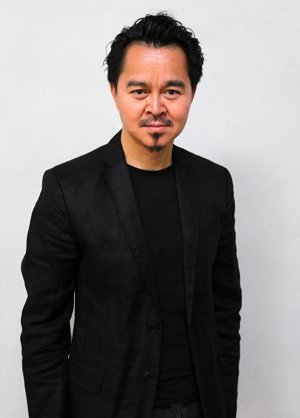
"The project aims to explore co-living possibilities between public and private in the traditional courtyard structure, and it challenges ways of infrastructure integration in limited space to create decent new hutong life," Ke told Dezeen in an article published on October 11.
Before that 2016 project, he worked on an arguably more ambitious design in the Cha'er Hutong near Tiananmen Square, fitting a courtyard with "a plywood and concrete children's library that slots under an existing roof canopy, and an outdoor staircase that functions as a viewing platform." It was presented at Design Week in 2014 (and it is still on display as part of the the Venice Architecture Biennale 2016), and was followed up in 2015 with an array of overlapping plywood boxes in Dashilar District that Ke dubbed an "urban living room."
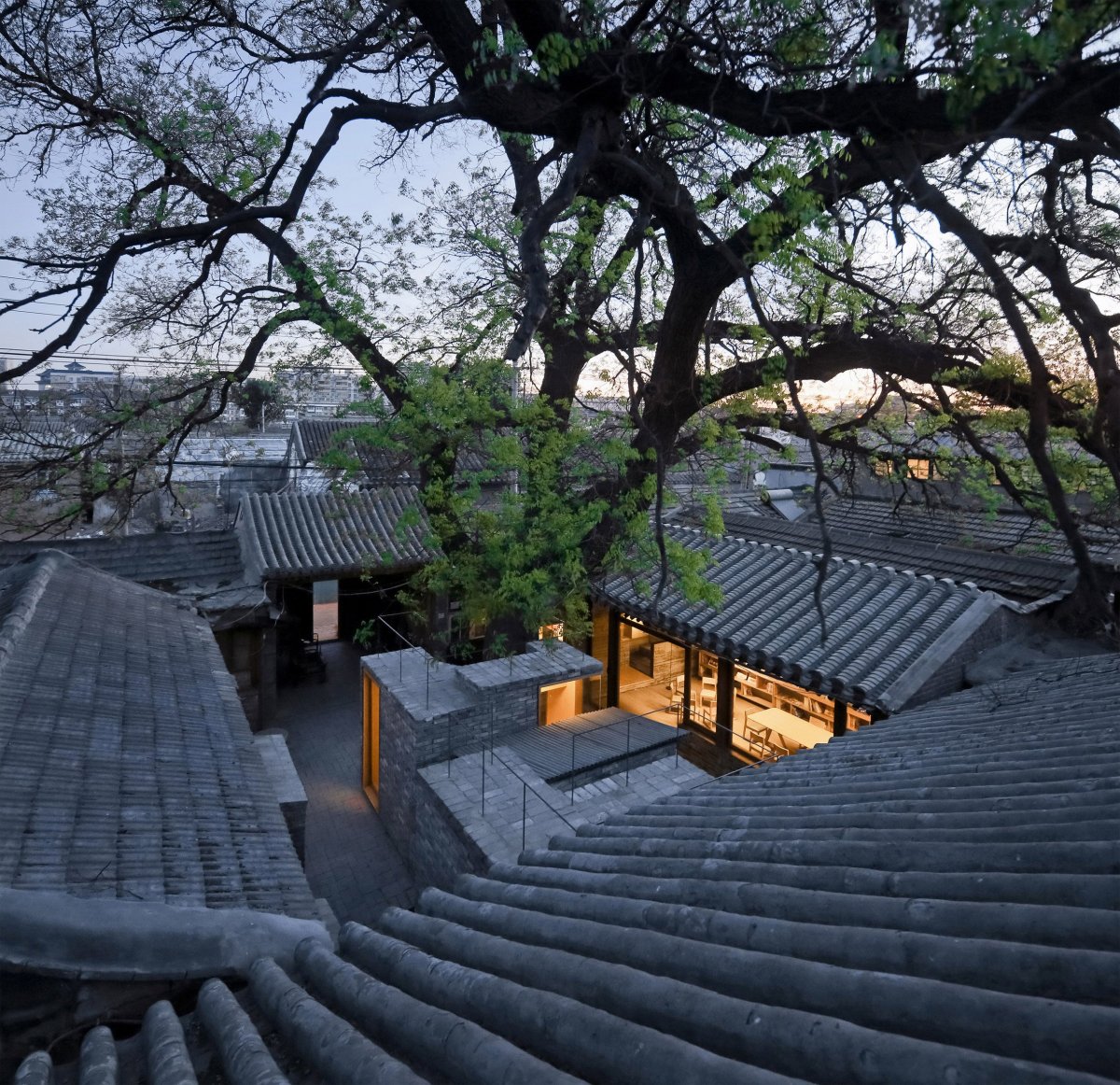
His work has also been showcased at the Aedes Architekturforum in Berlin, the MAK in Vienna, the DAM in Frankfurt, the V&A in London, and has had designs published in Casabella, a+u, Domus, MARK, Detail, and the Architectural Record, and more, according to his bio on the Harvard Graduate School of Design website, where he received his Master of Architecture in 1998. These feats and more prompted CNN to name Zhang Ke among its "Five Game Changers in Chinese Design" this past September.
But aside from being a hutong innovator, Ke could also be called a bridge builder, at least figuratively – connecting the often vast chasm between developers and traditionalists. Or, as he told Dezeen: "The subtle complexity of the hutong as an authentic urban space has been overlooked both by developers, who most of the time prefer to see it as a tabula rasa so that they can build more square meters, and by the defenders of picturesque historic preservation."
More stories by this author here.
Email: kylemullin@truerun.com
Twitter: @MulKyle
WeChat: 13263495040

